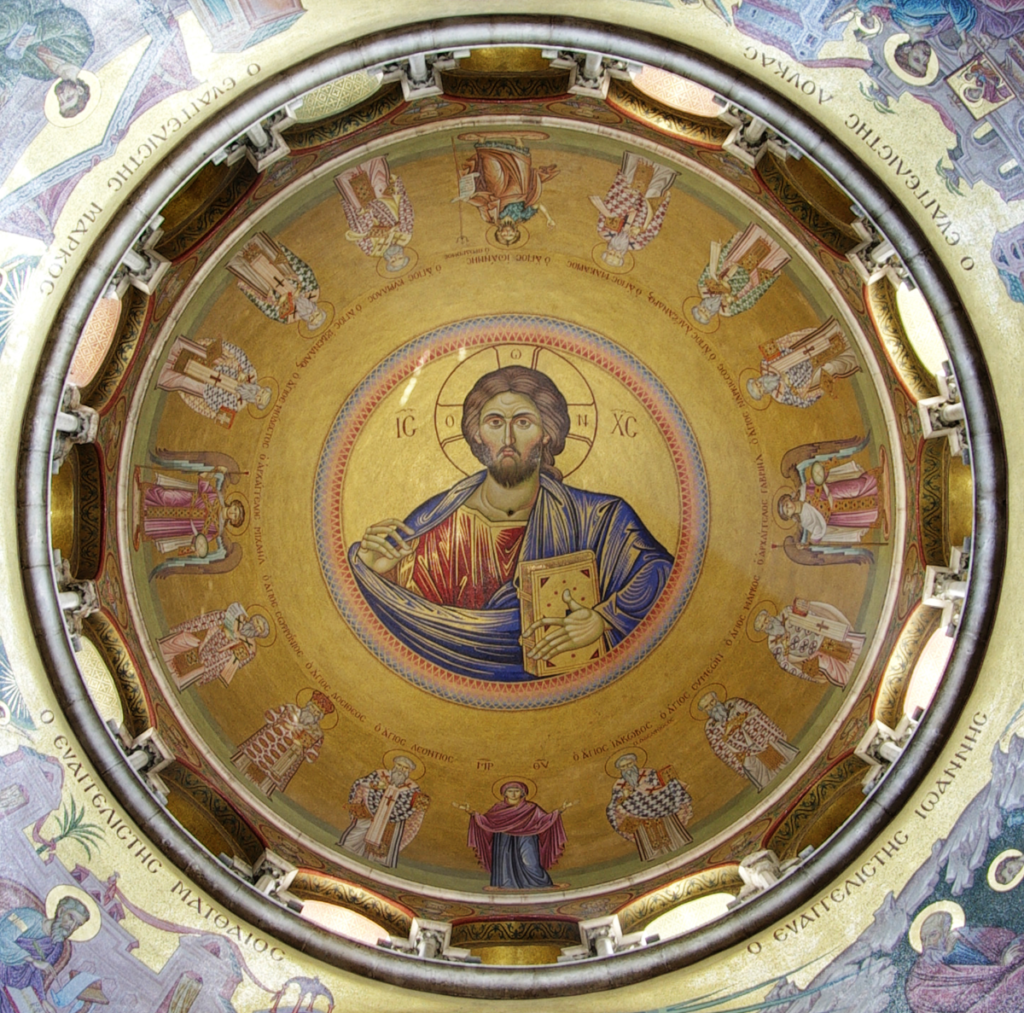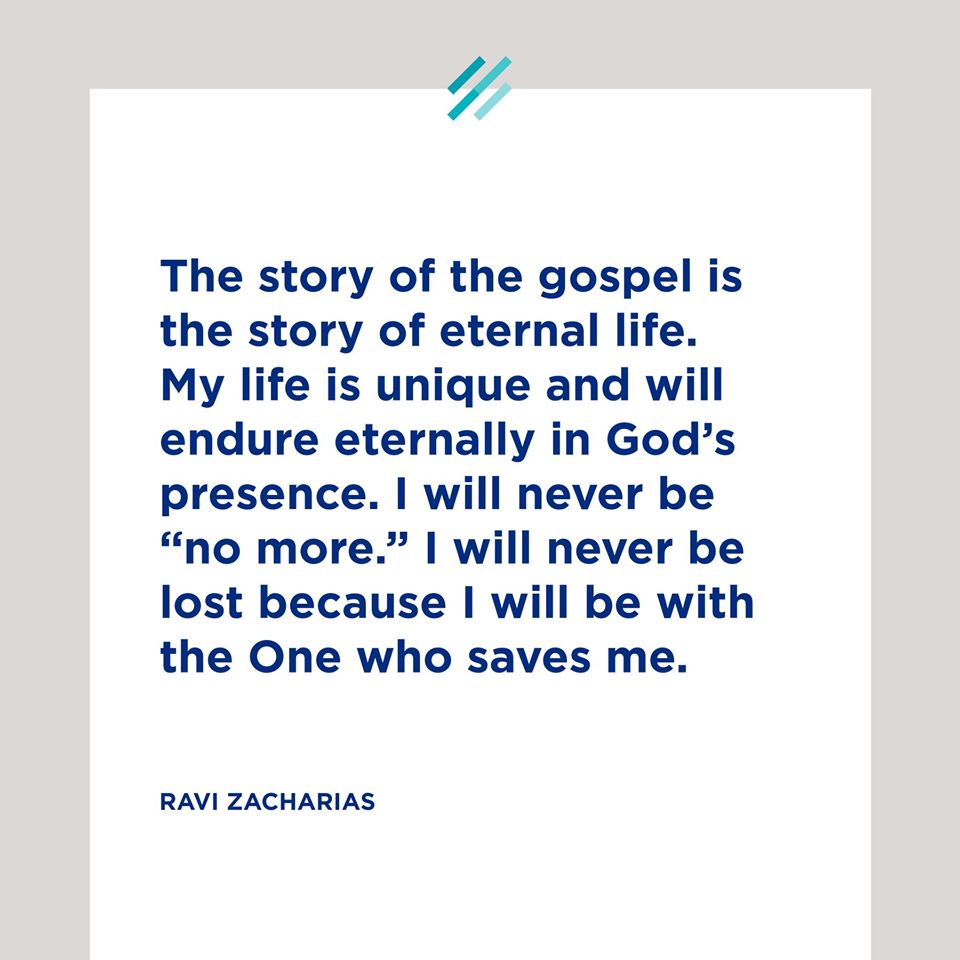In modern times, Christianity is seen as a Western religion; some might even say it is the religion by imperialist white men. However, what was its origins? In Seeing Jesus From the East, Ravi Zacharias and Abdu Murray take “a fresh look at history’s most influential figure,” Jesus Christ, and help us learn about how he was a man of the East – not just in his place of birth, but also in how he presented himself and his message.
The authors of this book are also both men of the East – with Ravi Zacharias being from India and Abdu Murray, a former Muslim with roots in Lebanon. Ravi moved to the West in his young adult life and both have resided in the West for most of their lives. They are well positioned to speak to people in both the East and West and bring these cultures together the way Jesus did over two thousand years ago.
The authors talk about how the East is an honor/shame culture, while the West is more of guilt/innocence culture, where individualism is expressed and valued.
As Abdu Murray states in chapter 4, “Eastern cultures are collectivistic and communal, which means that each person’s value, dignity, integrity, and very identity is derived from how he or she is perceived by the community.” He adds that, “Breaking from tradition, especially religious tradition, brings shame.” When a Muslim from the East, for example, converts to another religion, it is not simply a conversion but a complete change of identity – and that means a separation from the community.
There is more said in the Bible about honor/shame because the Bible was born in the East, among a culture of people in the East. Yet, paradoxically enough, Christianity took hold in the West. However, it is important for Westerners, to better understand the stories of the Bible and the words of Jesus, to learn about Eastern culture and how it is reflected in the Bible.
“Fear of bringing shame to oneself is real in the West, but it has been comparatively uncommon, given the Western emphasis on individualism, said Murray. “Today, with the ever-rising tide of social media and society’s ability to mass shame people for their opinions or beliefs, the West can afford to learn a few lessons from the East about how honor and shame affect our pursuit of truth.”
“Guilt and honor, innocence and shame, all dance through the ages and pages of Scripture, culminating in the cross,” said Murray. “Calvary’s hill is where the dance between all of these facets of life ends with a grace-empowered lift, thereby speaking to both Eastern and Western hearts.”
Murray and Zacharias teach us most about Eastern culture and the way it is reflected in the Bible such as pointing out the Eastern way of telling stories through parables and how important events like weddings are celebrated differently in the East. However, they do this to illuminate the message of Christ and his teaching methods. Christ comes ever more alive for us through the analysis by these authors.
The final chapter of the book, by Abdu Murray, also walks us through the way some might convey Jesus’s message on hot-button issues involving race, ethnicity, gender, and slavery. Murray points us to the way Jesus and the entire Bible transcend these issues through clear-cut examples – including Paul writing to take the place of another’s slave and offering to pay his debt; how Jesus elevated women, including appearing first to women after his Resurrection. During that time, if you were trying to invent a religion, the last thing you would probably do is have women be cited as your first witnesses. This fact makes the story of his Resurrection even more real.

“As we in the West look on Jesus now, perhaps we can move forward and better grasp a future laced with equality of race and gender by peering through time and seeing Jesus from the East.”
As Ravi Zacharias states so beautifully in the preface to this book, while he and Murray “seek to unveil the Eastern face of Jesus,” they point out that “Jesus is never simply Eastern or Western, though, but the Savior of the whole world.” In fact, “His reasoning is global, his stories are local; his visitation is transcendent; his message is personal; and his implications are eternal.”
This was the last book published by Ravi Zacharias before his death in May 2020. He began as a boy in India, saved by Christ while on a hospital bed after his own suicide attempt. He then journeyed to the West, living in Canada and the United States for most of the rest of his life. It is fitting that his last book returns to the East, where he first saw Jesus and where Jesus first encountered us.
Throughout the book, he delivers much wisdom and insight about what we can learn about ourselves by following the example and teachings of Jesus. “Until we know the real pain of sin, we will never find the true joy of forgiveness,” says Zacharias. “Just as inevitable as the pain that comes from faith are the blessings that emerge from the pain. In fact, pain for the gospel’s sake is more than inevitable. The Bible actually describes it as a gift.” He also reminds us that embracing the true life of a Christian is not an easy one. He cites Jesus’ words in John 15:20, “No servant is greater than his master. If they persecuted me, they will also persecute you.”
As we ponder the reflections of these authors and the importance of this book, the last one published by Ravi Zacharias during his lifetime, it is important to remember his words about why it is important to see Jesus from the East: “The goal of Jesus’ reign is not geographical conquest. It is not about Hindustan or the House of Islam or a Christian country. The rule of God comes to us as individuals. We invite his reign; we obey his voice.”
He also adds that: “Cultures are not born again; individuals are born again and bring true renaissance within culture. We see with Christ’s light because of the new birth he brings within us.” In Seeing Jesus from the East, Murray and Zacharias bring us a new view of Jesus, a view they have seen so well as they bring the message of Christ around the globe.
While Ravi Zacharias is no longer with us on earth, his words are, his works are, his legacy is. This last book is one I will hold dear. As I was starting this book, Ravi was finishing his life. Surely, he finished the race strong in faith and love for the Lord. Perhaps these words from Ravi from this last book of his can serve as a reminder of his devotion while with us: “The story of the gospel is the story of eternal life. My life is unique and will endure eternally in God’s presence. I will never be ‘no more.’ I will never be lost because I will be with the One who saves me.”
What a gift to the world was the life and work of Ravi Zacharias. Even as he lived those last days and months in the pain that cancer brought, Ravi reminded us that suffering is a gift. He endured the suffering bestowed on him and embraced it with faith and love. He is now surely seeing Jesus not from the East, nor from the West, but from the place where we are ultimately meant to see him. Our hope is to someday meet him there. In the meantime, we have his many published works and the audio and video recordings of his lectures to return to again and again.


